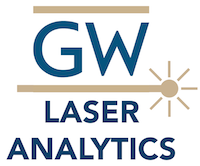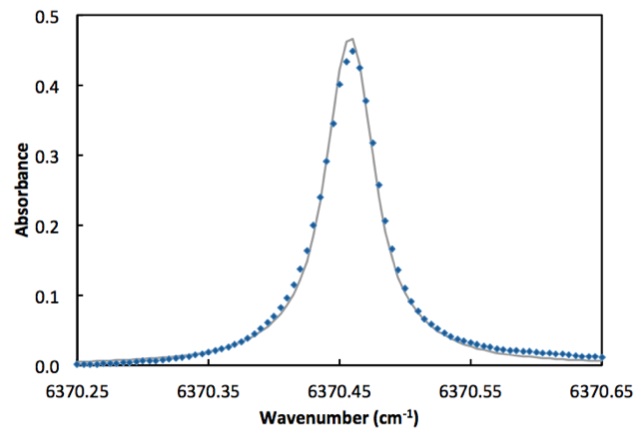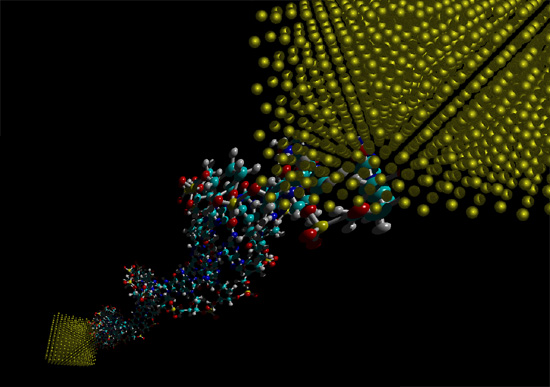Combustion
Combustion Research is motivated by the premise that through the development of a detailed understanding of flame chemistry (and the interaction of fluid mechanics and chemistry) we will be able to maximize efficiency and minimize pollution. Combustion still accounts for the majority of energy produced by mankind and the combustion of fossil fuels is responsible for 80% of the energy produced from combustion. Nonetheless, sustainable economic growth will require displacing the fossil fuel production of energy (especially for transportation) with he design new fuels and fuel blends deprived from bio-derived fuels or even from the carbon in atmospheric carbon dioxide.
In our lab, we are mostly concerned with the development of new, laser-based diagnostics to make targeted measurements of important flame species or flame scalars. This work is typically done in close collaboration with other diagnosticians or modelers. (Recent collaborators include Profs. Mitchell Smooke and Marshall Long of Yale University and Prod. Markus Kraft of Cambridge University. Below are highlights of some of our recent combustion related studies.
Raman Studies of nascent Soot Particles
We are mostly moved into our new lab in the Science and Engineering Hall. After decades in the basement of Corcoran Hall we are excited about the prospects of occasionally seeing sunlight.






